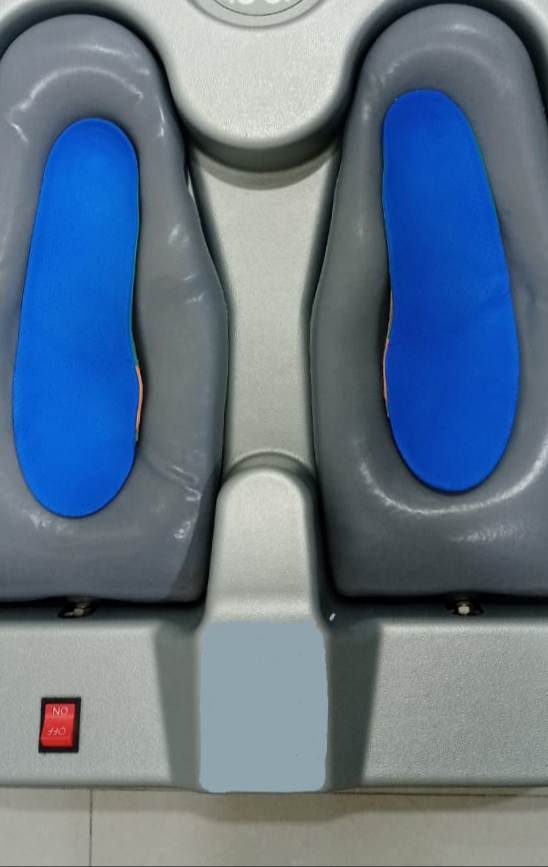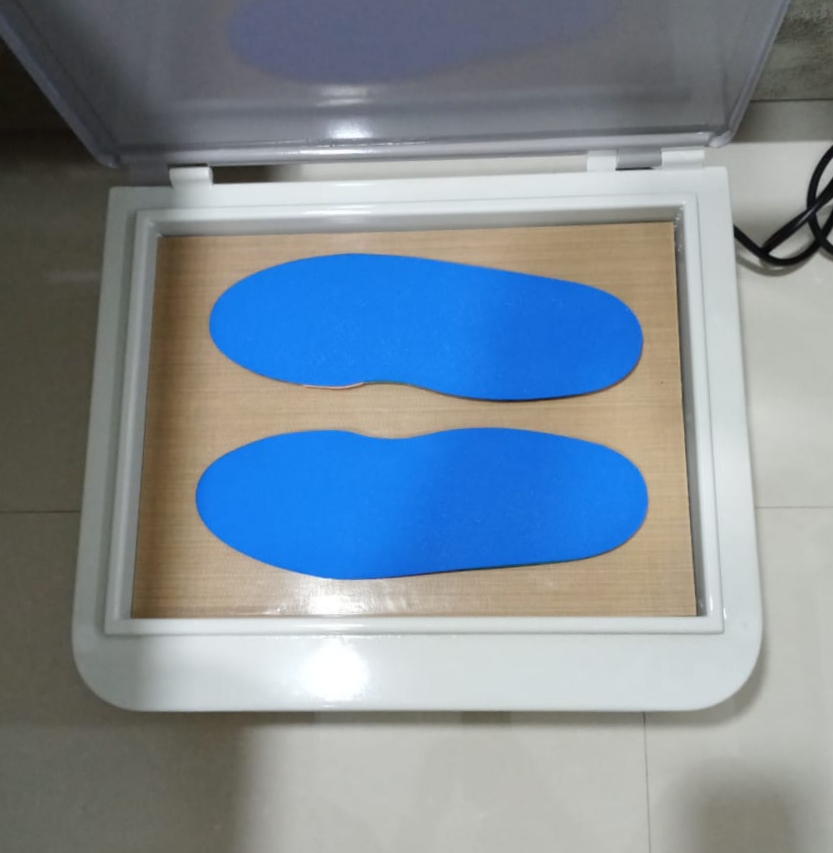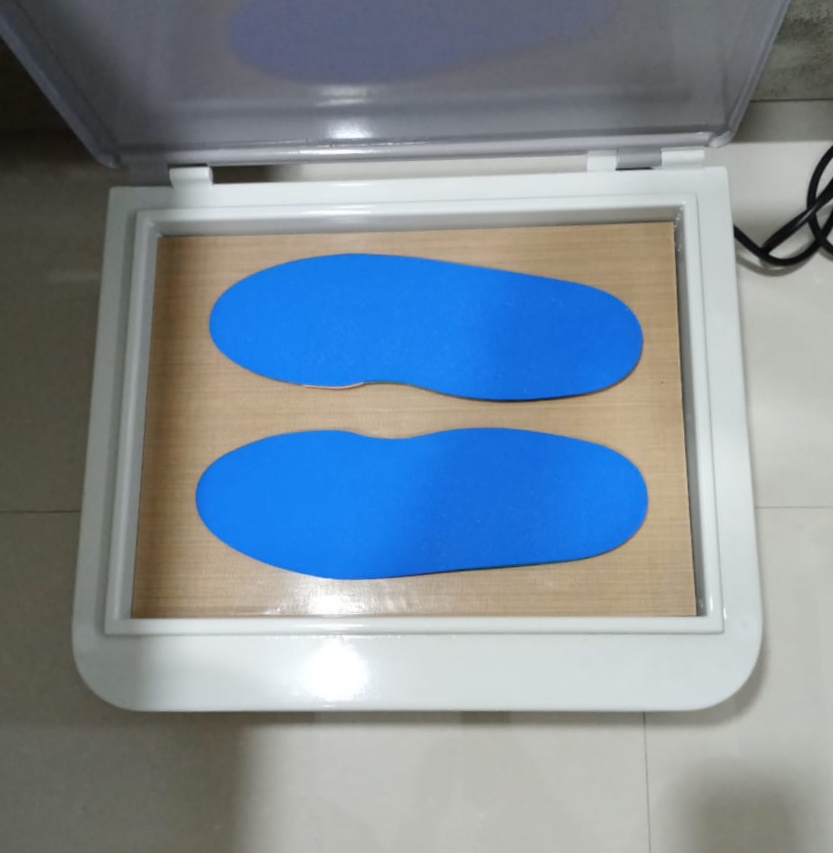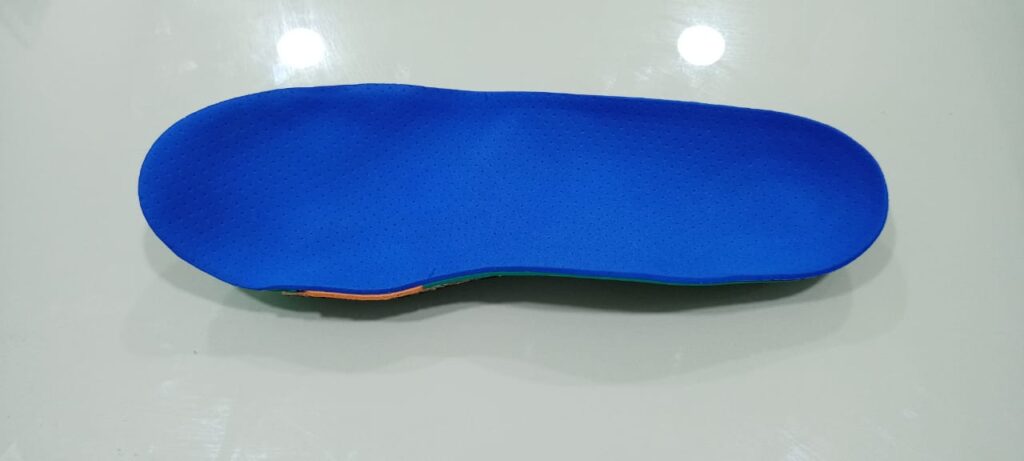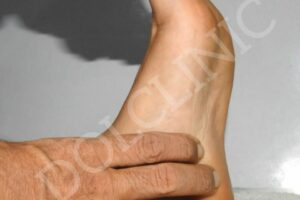Why do we need diabetic footwear shoes?
Why do we need diabetic footwear shoes?
Almost 85% of amputations can be prevented by using diabetic footwear and other measures.
Specialized customized diabetic footwear distributes the pressure on the foot evenly and protects the foot from any pressure or injuries.
Please note that diabetic footwear is to be used strictly under the supervision of an experienced diabetic foot doctor.
We provide all special diabetic shoes that include-
Customized insoles
If you are diabetic but don’t have foot problems yet, these are best for you.
This is by far the gold standard in Diabetic footwear.
We measure the shape of the foot and prepare the insole that fits your feet only.
Experienced technicians/ doctors record the shape of your foot using a
a special sponge. There are other methods like CAD/CAM technology, but by far the one we use is the best as it allows necessary correction by the specialists.
Then a plaster mould is made.
Using suction, a footwear mould is prepared.
Appropriate layers of material are applied to it and appropriate changes are made to heel, arch, etc.
This customised insole can be put in your shoes.
POST SURGICAL–
These are used after surgery or in specific conditions
Front wedged shoes – useful for surgery done on the front of the foot. The pressure on the front of the foot is offloaded and it helps in healing of the world
Heel wedged shoes
Useful for wounds on the heel
Mid-wedged shoes
For once on the middle of the foot.
AIR CAST SHOES–
Useful in conditions like charcot’s foot or ankle problems
SPORTS SHOES–
Those who do not have access to customized shoes or can’t afford specialized shoes and have otherwise normal feet can use ordinary sports shoes. A few things about sport shoes
(1) Non branded are probably as good
(2) Get one size bigger
(3) It is important that the shoes are covering the feet from all the sides and are soft at insole
(4) Having velcro instead of laces can help
(5) Change shoes often, say every year.
(6) Buy one pair to use inside the house.
(7) Use cotton socks all the time.
(8) avoid footwear like sandals, chappal.
(9) Using appropriate shoes or footwear is the safest and cheapest investment you can make to save your feet. Once an injury happens, or an infection develops, the treatment is lengthy and expensive
REMEMBER
85% OF AMPUTATIONS CAN BE PREVENTED

